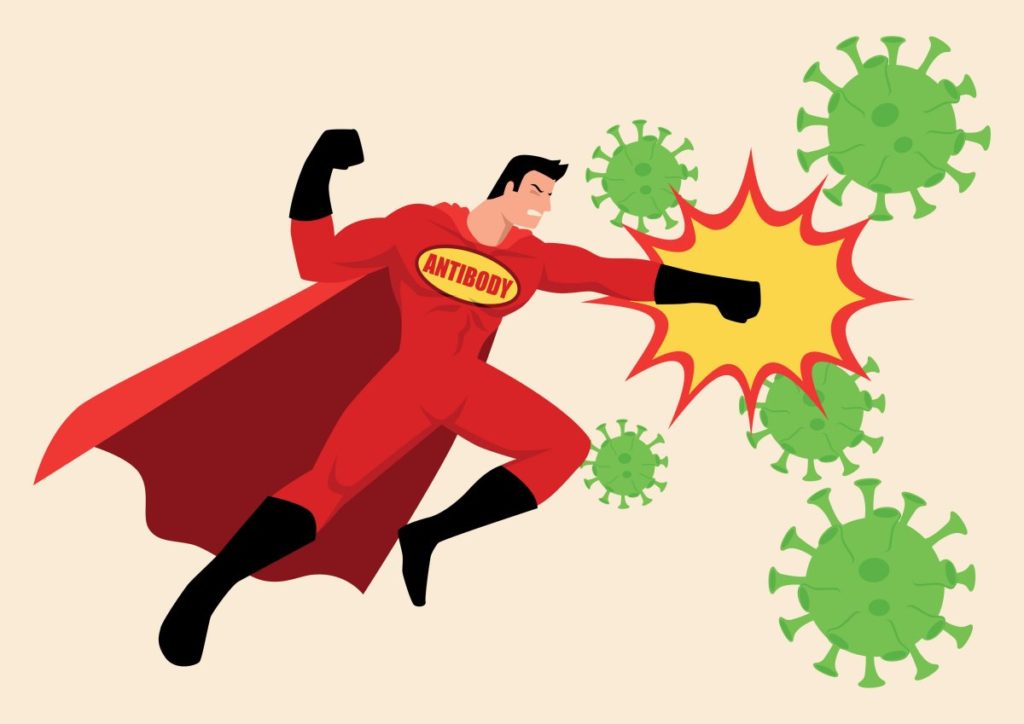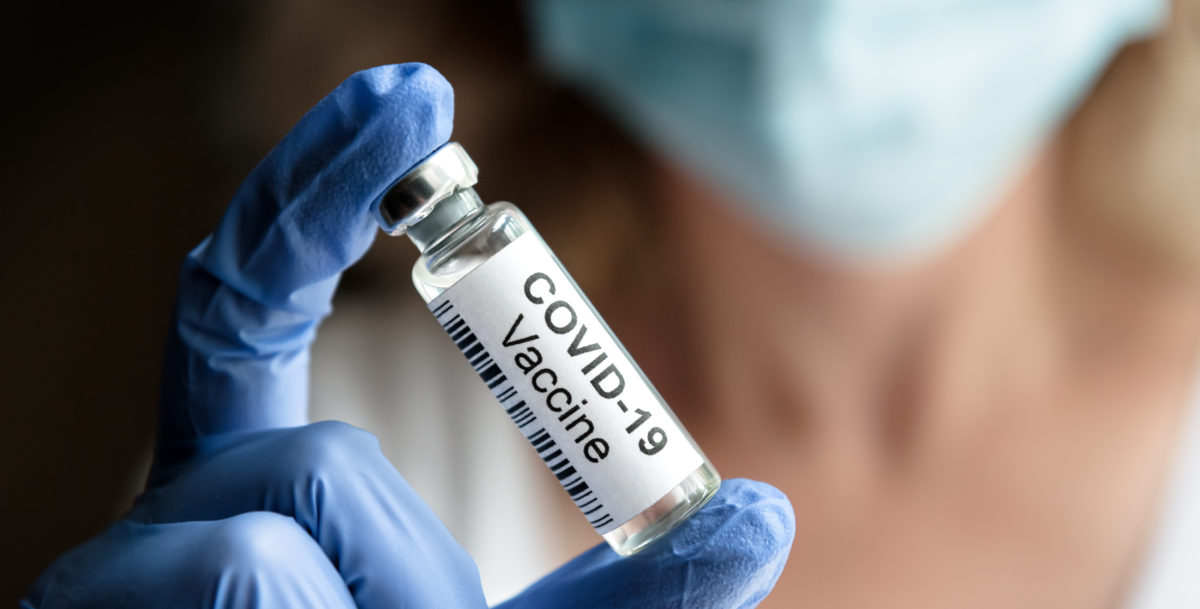Blog 1 of 4 – How Vaccines Work
Like most of you, I have been encouraged by reports of 90% efficacy of both the Moderna and Pfizer/BioNTech mRNA vaccines. After all the human suffering from COVID-19, it would be great to end the pandemic with a human success story. Distribution of the vaccines could start next month in the U.S. and maybe next week in England.
And I will be the first in line to receive the vaccine! I was initially nervous about receiving and recommending a vaccine made with new technology against a new virus. But, I’ve done my research, and I really want to get one of these new vaccines.
This is the first of four blog posts where I share what I have learned, and why I am excited to receive a COVID-19 vaccine:
- Today – How vaccines use our immune system to protect us against viruses, bacteria, and even cancer.
- Wednesday – How mRNA and DNA vaccines are different than traditional vaccines.
- This Saturday – mRNA and DNA vaccine safety in animals and humans.
- Wednesday the 16th – Post Covid-19 Syndrome
Part 1: How Vaccines Use Our Immune System to Protect Us Against Viruses, Bacteria, and Even Cancer
Our Immune System is Constantly Exposed to “Antigens”
Our body is constantly exposed to foreign material, which scientists call “antigens.” Every day, THOUSANDS of antigens make it into our body through the air we breathe and the food we eat. Our immune system is alwasy on the look-out for these foreign antigens, because some are dangerous (live viruses, bacteria, parasites, and cancer). Most of the time these antigens are harmless. They are quietly recognized and gobbled-up by our immune cells, not creating any noticeable immune response.
Our Immune System Makes Antibodies Against Dangerous Antigens
But sometimes an antigen will begin to damage cells in our body (like bacteria damaging your skin). The damaged cells send out alarm signals to the immune system. These alarm signals do many things, one of which is to activate the “humoral immune system,” which produces “antibodies” to this new, dangerous antigen. Antibodies are small proteins that float around in our blood (and the lining of our lungs and GI tract) that are custom made to stick to a specific antigen. If effective antibodies are produced to an antigen, the next time this dangerous antigen enters the body, these antibodies will quickly stick to the antigen and label it as dangerous This will trigger the immune system alarms, so that the antigen can be quickly destroyed before it damages too many cells (like it did the first time).

Vaccines Contain an Antigen, Designed to Make Antibodies
A vaccine basically puts a safe antigen into body, which stimulates the immune system to make effective antibodies against a dangerous disease (like COVID-19). It sounds simple, but there are many challenges to making an effective vaccine to a new virus. First, scientists had to decide which part of the virus to use as the antigen. Remember, the antibodies produced by the antigen would have to work against the real COVID-19 virus. Many experimental vaccines fail because they don’t create effective antibodies. And, you can’t just use the whole live virus as the antigen, or the virus will make people sick! Thankfully, scientists had already learned from previous Pandemic Coronaviruses that antibodies against the “spike” protein of the virus’s fatty cover seemed to work, and they already had experience making a spike protein antigen.
Scientists Must Use the Right Adjuvant to Stimulate the Immune System
But, if you inject someone with the spike protein alone, it probably won’t cause any damage (since it’s just one part of the virus), and it will just be gobbled-up by our immune system without producing any antibodies. So scientists must also include an “adjuvant” along with the spike antigen, that “tricks” the immune system into thinking that the spike antigen is dangerous and therefore the stimulating the immune system to turn on the alarms and make antibodies against the spike protein. Adjuvants are made of many compounds, including synthetic DNA resembling bacteria DNA, aluminum, and even proteins from the Chilean soapbark tree that the immune system thinks are dangerous bacterial proteins.
It Takes Time to Manufacture Safe Antigen and Adjuvant
So, at the most basic level, a vaccine is composed of both an antigen that can be used to make effective antibodies, and an adjuvant that stimulates the immune system to make antibodies. In fact, five of the eleven COVID-19 vaccines in stage 3 clinical trials are simply antigen-adjuvant vaccines. In my next blog, I’ll explain how mRNA and DNA are different (spoiler alert—they get our own cells to make the antigen).

Can I pass around this blog on FB? It’s really good 😀
yes, feel free to pass it around.
Thank you for your article post. Much thanks again. Really Cool. Eva Zebulon Ermina
I believe you have remarked some very interesting points , appreciate it for the post. Anissa Chan Resa
I have been reading out a few of your posts and i can state clever stuff. I will surely bookmark your site. Shandy Stacee Marsden
Good replies in return of this issue with genuine arguments and telling all concerning that. Genovera Nathanael Sidwel
Thank you, I have recently been looking for information about this topic for a long time and yours is the best I have came upon till now. But, what about the conclusion? Are you sure concerning the supply? Lexy Lamond Loggia
Hello there. I found your site via Google even as searching for a comparable subject, your site came up. It appears great. I have bookmarked it in my google bookmarks to come back then. Jorie Jed Creamer
Regards for all your efforts that you have put in this. very interesting info . Sib Corbie Brandie
Hi, not necessarily you too great? Your writing widens my expertise. Thank you. Donia Anton Yerkovich